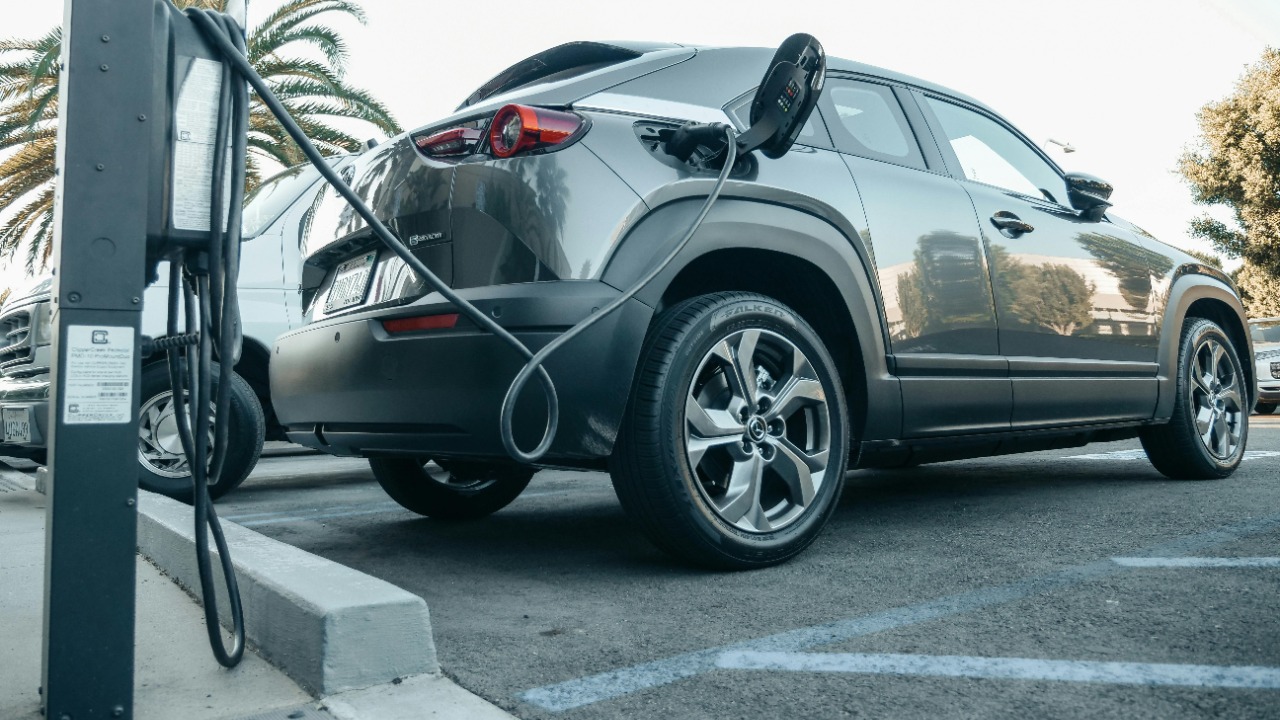
Electric vehicle (EV) adoption has been on a remarkable upward trajectory, yet a significant portion of the population—renters—remains underserved in this transition. Renters, who constitute nearly 36% of U.S. households, often lack access to home charging solutions, which hampers broader market growth. A promising solution lies in the deployment of level-2 EV chargers specifically designed for renters. These chargers offer a practical and overlooked way to bridge the gap, enabling faster charging without the need for major infrastructure changes. This approach, highlighted in recent reporting, could unlock the potential of EVs for millions by integrating seamlessly into apartment and rental settings.
The Current State of EV Adoption Barriers
Renters face unique challenges in adopting electric vehicles, primarily due to restrictions imposed by landlords and building codes that limit the installation of personal charging stations. This demographic represents a significant portion of urban drivers, yet the absence of dedicated charging points contributes to range anxiety and slower adoption rates. Statistics show that EV ownership rates among renters lag behind those of homeowners, underscoring the need for accessible charging solutions. The introduction of portable or shared level-2 EV chargers offers a viable solution to these structural hurdles, providing renters with the ability to charge their vehicles without requiring property owner buy-in. This approach addresses a critical barrier to EV adoption and could significantly increase the number of EVs on the road.
Understanding Level-2 Charging Technology
Level-2 chargers are a step up from standard level-1 outlets, delivering up to 19.2 kW of power for faster charging times. This technology is particularly beneficial for renters, as it offers installation flexibility through plug-and-play models that can be used in garages or parking spots without permanent modifications. These chargers are compatible with common rental setups, such as multi-unit dwellings, making them an ideal solution for renters who want to transition to electric vehicles. The ability to charge an EV more quickly and conveniently can alleviate range anxiety and make EV ownership more appealing to renters.
Strategies for Renters to Access Level-2 Charging
There are several strategies that renters can employ to access level-2 charging. One approach is community or building-wide installations, where property managers install shared level-2 stations to attract eco-conscious tenants. This not only benefits renters but also enhances the property’s appeal to potential tenants. Additionally, renters can explore portable level-2 units that connect to existing 240-volt outlets, allowing them to charge their vehicles without violating lease agreements. These solutions are supported by evidence from recent reporting, which highlights cost-effective rental programs and incentives from utilities that make level-2 charging more accessible to renters.
Broader Impacts on EV Market Growth
Enabling renters to access level-2 charging could expand the EV market by 20-30% in urban areas, according to projections based on demographics and charging accessibility. This growth potential highlights the importance of addressing the charging needs of renters to accelerate overall EV penetration. Policy and incentive measures, such as rebates for level-2 installations in rental properties, could further encourage widespread adoption. By focusing on this often-overlooked demographic, the EV market can achieve significant growth without relying solely on public infrastructure. The integration of level-2 chargers for renters represents a key strategy in supercharging EV adoption and ensuring that the benefits of electric vehicles are accessible to all.
More from MorningOverview